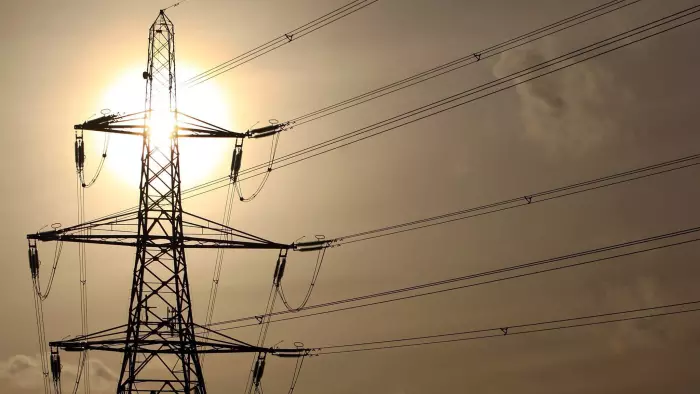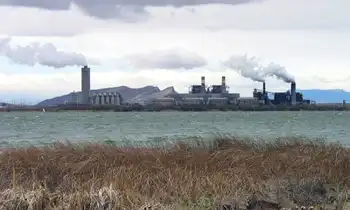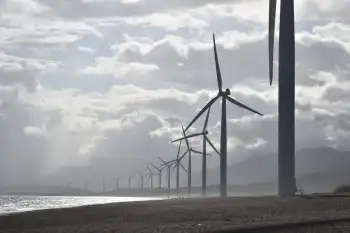Virginia will look at effects of pollution from aging plants
By The Virginian-Pilot
Substation Relay Protection Training
Our customized live online or in‑person group training can be delivered to your staff at your location.

- Live Online
- 12 hours Instructor-led
- Group Training Available
The term, and the problem, is basically this: When the national Clean Air Act was passed in 1970, existing power plants, factories, paper mills and other industrial emitters were exempted, or grandfathered, from installing modern pollution controls to curb smog, acid rain and other unhealthy contaminants.
In Virginia, 300 such facilities remain in operation today, still spewing pollutants such as lead, mercury, soot, nitrogen oxide and sulfur dioxide. And there is little anybody can do about it, officials say, short of a change in federal law.
On Tuesday, though, Kaine announced a cooperative program that he called the first of its kind in the nation, in which state regulators will work with industry engineers to study specific emissions and other data at 15 of the biggest grandfathered plants, including four in Hampton Roads.
If the facilities are found to be causing major pollution woes in their regions, the governor said, the state Department of Environmental Quality will push for new controls "to correct those problems."
The first three reviews will begin later this year, Kaine said, and should be completed within 18 months. Each will cost the state about $150,000.
They will occur at the Chesterfield Power Station, the largest coal-fired power plant in Virginia, near Hopewell, owned by Dominion Virginia Power; the Glen Lyn Power Station, in Giles County, owned by American Electric Power; and a giant paper mill, in Covington, owned by MeadWestvaco.
Executives from the three companies were on hand to say they have no qualms with the audits and expect to pass with flying colors.
"We've invested a lot of money" on anti-pollution technology in recent years, including $900 million at the Chesterfield plant, said Dan Genest, a Dominion spokesman.
"We think there's a desire from our customers and the citizens to know we're in compliance," Genest added, "and we look forward to being able to publicly say so."
Environmental groups applauded the move, too. They said it represents a good first step toward addressing a major loophole that for decades has led to hundreds of asthma cases, poor air quality and other public health risks.
"It's critical the process be rigorous and that compliance with the standards is enforced fully, no matter who resides in the Governor's Mansion," said Frank Rambo, a senior attorney with the Southern Environmental Law Center in Charlottesville.
The idea, Kaine said, stemmed from brainstorming sessions months ago with himself and his environmental staff over possible programs to undertake during his final year in office.
Kaine has made 2009 "the year of the environment" and has pressed for several initiatives through his "Renew Virginia" campaign. The grandfathering audits are part of that effort.
Michael Dowd, director of air quality for the state Department of Environmental Quality, said the 300 grandfathered facilities represent about 5 percent of all industrial sources of air pollution across Virginia.
He could not say how much pollution they create, mostly "because we have never really measured it like this," but he estimated that "it's significant, easily more than 5 percent of our total pollution output."
Dominion owns five of the 15 grandfathered plants to be reviewed. One is in Chesapeake, another in Yorktown.
The other facilities in Hampton Roads are the International Paper mill in Franklin and Cogentrix Virginia Leasing Corp. in Portsmouth, according to state officials.
The reviews will focus on three main pollutants, said David Paylor, state environmental director: nitrogen oxide, a building block of smog; sulfur dioxide, another smog precursor and contributor to acid rain; and particulates, or soot, which can gather in human lungs and cause respiratory ailments.
Paylor said the state has federal authority to take action against grandfathered plants — if they are found to be specific, major contributors to smog or other air-quality deficiencies.
But until now, Paylor said, the state has had trouble pinpointing such problems on individual plants for lack of complete data.











